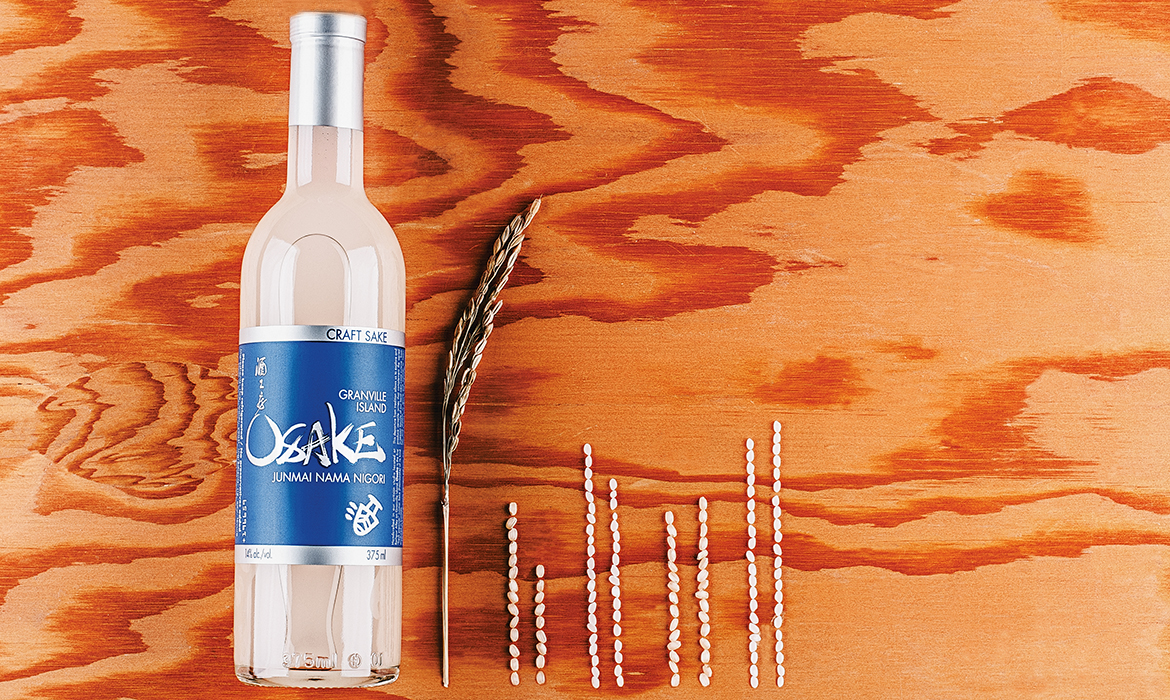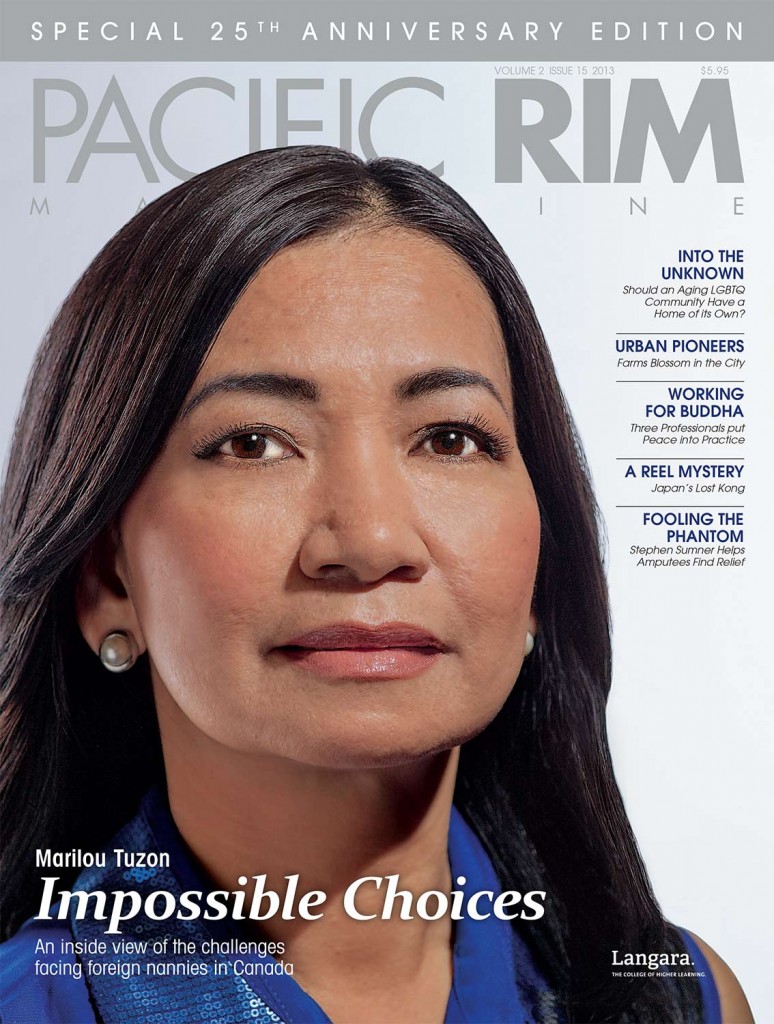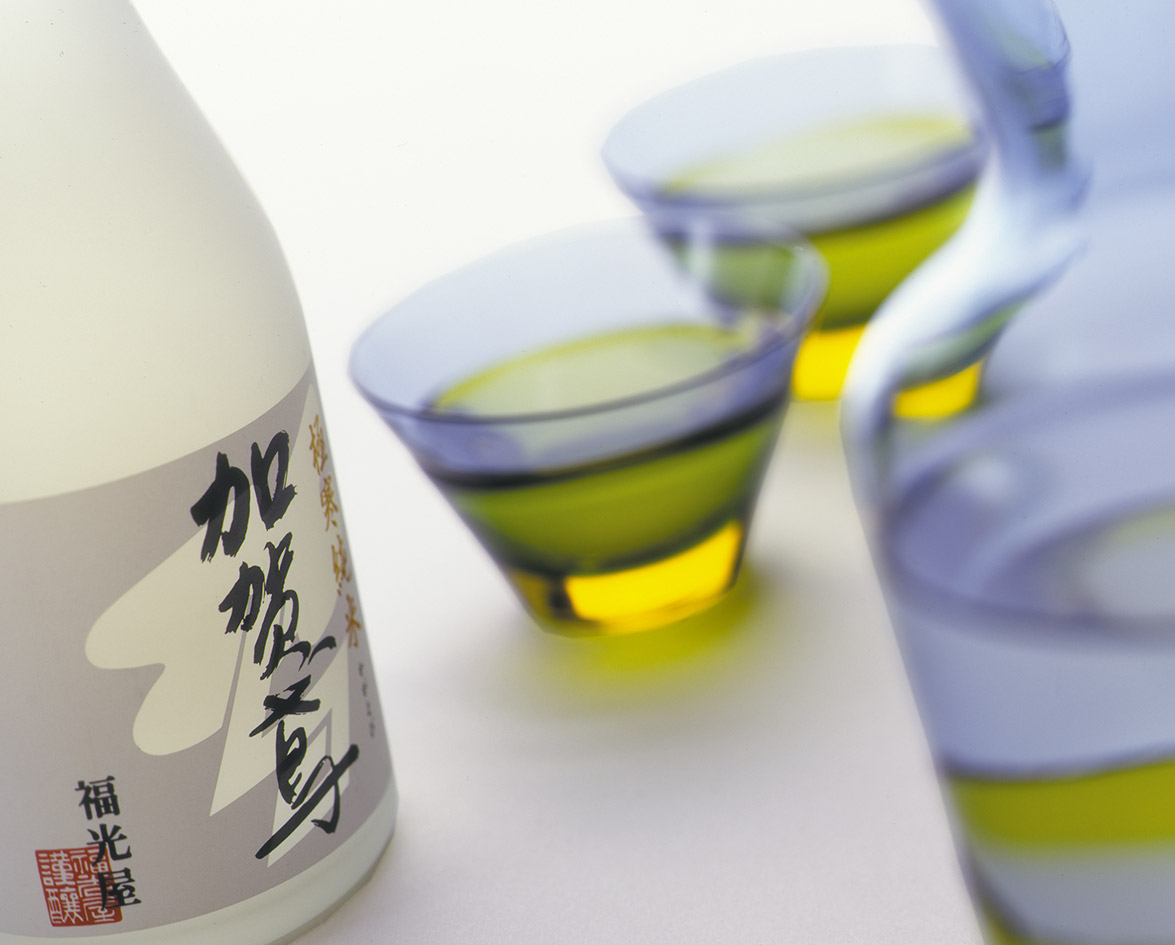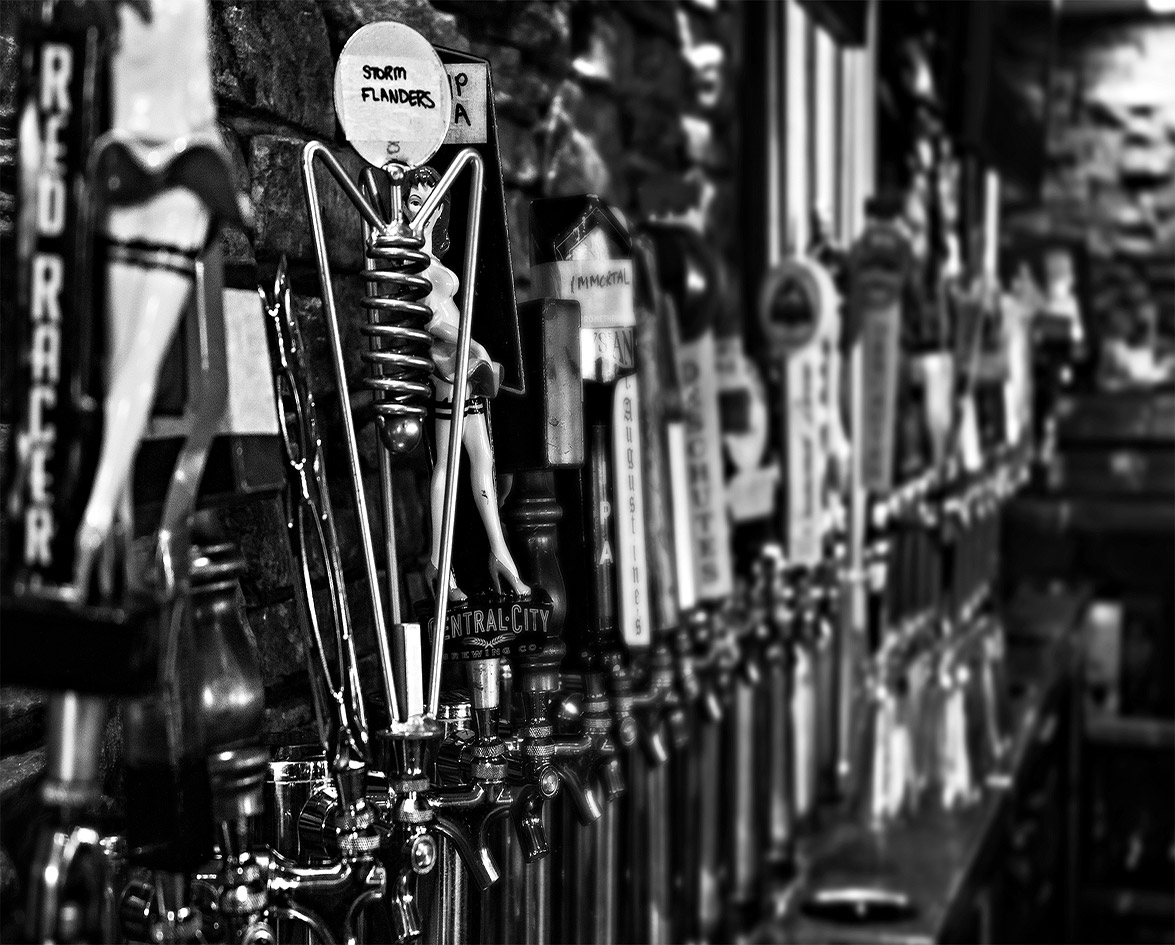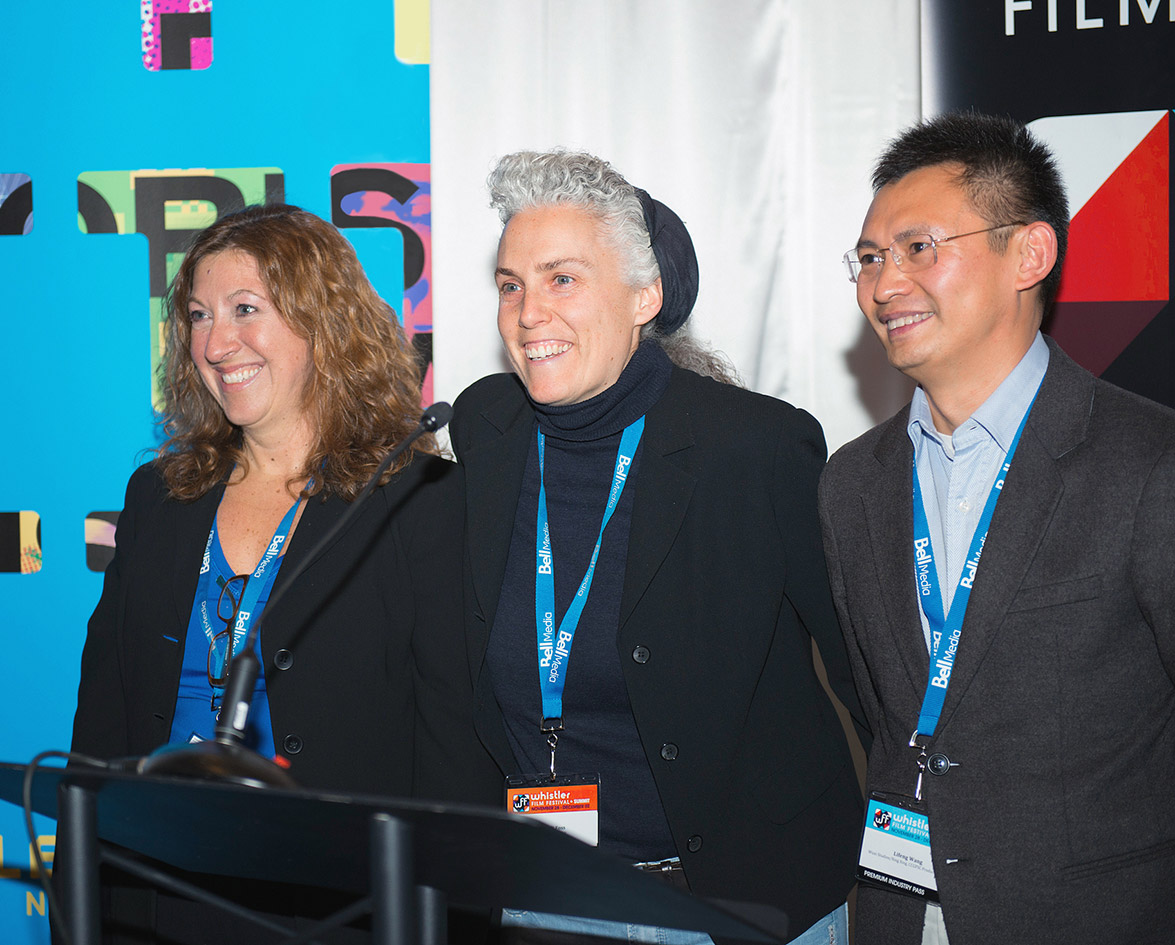Masa Shiroki is standing outside his shop, Artisan Sake Maker, on Granville Island demonstrating how to peel rice. It is a cool fall day, and the storekeepers around us in the Railspur District of the island are beginning to open their shops. First we pick a seed from the rice plant and try to remove the outer hull, or chaff, to get at the grain of rice inside. Shiroki deftly rolls the seed in his palm while explaining it takes a bit of practice to do properly. I clearly need to work on my skills, because I manage to drop my rice seed. Shiroki hands his over, and I see the hull of the seed was hiding a single grain of brown rice.
Something Meaningful To Do
Rice plants are not something you expect to see, well, anywhere in Canada, but Shiroki likes a challenge. In 2010 he planted the first sake (pronounced sak-eh) rice crop in Canada in an attempt to make his sake 100 per cent local. He plans to start producing sake from his own B.C. rice in 2013. “I hope we have enough rice to do two batches out of the ten we do a year, which is enough to do 2,000 bottles. We have been using the sake rice imported from Japan. Hopefully it will be replaced by the Canadian-grown rice.”
We taste the rice, taking a moment to savour the sweetness of it. This rice is from plants brought from Shiroki’s crop growing in Abbotsford, B.C. The careful rice plant arrangement outside of the Artisan Sake Maker storefront serves two purposes: the first is decorative and the second is educational. The rice plants are wilting slightly now that it is fall, but their effect remains the same. “People will stop, look, and learn if they see the plants,” Shiroki says.
Traditionally, sake—commonly translated in English-speaking countries as rice wine—is produced once per year in Japan. Shiroki makes his own brand, Osake, by producing small batches throughout the year. Artisan Sake Maker opened its doors as the first Canadian sake house in 2007, and five years later it is only one of three.
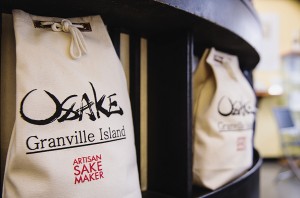
“I always get asked why I started doing this,” he says. “I was looking for something meaningful to do.”
Prior to his sake-making career, Shiroki did trade promotion work for small businesses with the B.C. government. When he retired in his late 50s, he began importing premium sake into Canada and set out to educate Canadians about Japan’s national beverage. “I noticed sake culture had not really been transferred correctly to North American culture. Japanese culture evolved from rice culture. By focusing on it, I thought I would be able to convey some of the essence of the Japanese culture to the people in Canada. By making it locally, people will take more ownership. It becomes our sake, and it becomes a departure from their sake, which is made somewhere else.”
Not Stereotypical Sake
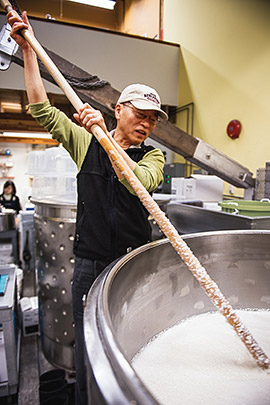
Artisan Sake Maker serves three purposes: commercial and retail sales, production, and education. Despite sake being available in North American liquor stores since the 1960s, many consumers still dismiss sake without even considering it a wine. “Not only the wine snobs, who would absolutely not consider sake as wine, but also the general public who have a completely different notion of sake because it was promoted in the early 1970s as warm sake. It had to be heated and poured in a little cup, and you shot it down like a shooter. It doesn’t help to warm sake.”
One of the features in the shop is a tasting counter where customers can sample three types of sake: Junmai Nama Genshu, Junmai Nama, and Junmai Nama Nigori. Store presentation is carefully considered. The sake is sold in Bordeaux red and white wine bottles. They also use Belgian beer bottles and French champagne bottles for some of their products. “Our presentation is quite a bit different from the conventional way of sake,” says Shiroki as he lines up bottles on the counter in front of him. He adds International Standard Organization (ISO) approved wine-tasting glasses, used at all major wine tasting competitions, to the selection in front of him and says, “People will be served in a wine glass and be surprised. It reinforces the notion that we are serving wine. Immediately people’s thinking changes, and they will sip the wine and taste it instead of shooting it down.”
People will be served sake in a wine glass and be surprised. It reinforces the notion that we are serving wine.
Worldwide consumption of sake has been increasing, as has the quality of sake produced. In Japan, however, production of sake has been declining since the mid-1970s. There are two basic kinds of sake: ordinary (the kind you should serve warm) and special designation, or premium, sake (served chilled). Artisan Sake Maker produces the latter. “The degree of milling is associated with the quality or grade of sake. It is based on how much the rice is milled.”
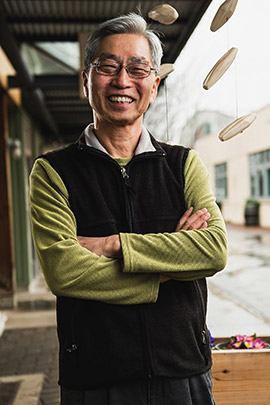
The Canadian Rice Challenge
As Shiroki continues the tour, he talks animatedly about the rice he has grown. Currently the rice crop covers two acres and yields 1.2 tonnes of rice. I ask him if anyone told him he was crazy for trying to grow rice in Canada, and he laughs. “Yes, many said you have got to be crazy for thinking it.” It may be easier and cheaper to import rice, “but that doesn’t satisfy my curiosity.”
Shiroki and his employees are growing rice from seeds brought in from northern Japan. They are growing three varieties of rice. “The rice is not a prominent designer rice; it is recognized as a sake rice.” Shiroki travelled to Japan to learn from sake rice growers. The crop planted here in B.C. faced a lot of unique problems because it was a new crop to Canada. “Tonnes of problems,” says Shiroki with a rueful smile. “The weeds, the algae, and the aphids had never been heard of before in Japan. Through interaction with berry growers, corn growers, and dairy farmers, we picked up some information. Garlic concentrate works.”
There are three ingredients required to make sake: rice, water, and yeast. Producing sake in Canada gives it a different taste than the sake produced in Japan—water is a huge factor. “Hard water makes a more full-bodied sake, soft water makes a lighter-bodied sake,” says Shiroki. “Water in Vancouver is soft water.” As for how using Canadian-grown rice will change the taste of Osake, that is something Shiroki and his customers will not know until spring, when the first batch of sake from the Canadian crop is produced.
New Products
Until then, Shiroki has plenty to focus his attention on. In addition to the six types of sake he produces, there are other in-store products available. One of these is Artisan SakeKasu. Kasu, the leftover sediment or lees from the sake, is valued in Japan as a culinary ingredient for marinades and sauces. “I started focusing on that for two reasons. One is that I wanted to be sustainable. Secondly it is saveable, meaning you can freeze it and it lasts almost indefinitely.” SakeKasu is a subsidiary role in the business, but Shiroki is always thinking of adding value. “We have restaurants now that serve our Kasu in concept dishes. We have vegan-friendly products, dressings, and two non-alcoholic beverages. We are always conscious of our audience.”
One new beverage Shiroki has created is Mirai. It is produced using traditional sparkling champagne methods that champagne makers in France use and is the first sparkling sake in North America. Mirai was created for two reasons: “I wanted to challenge the establishment. I also wanted to challenge sake’s limitations.” Shiroki named the beverage Mirai, which is translated as ‘future.’ Not only is it the name of his new product, but also the future is something Shiroki is considering. He is having fun, and his motivation is to “carry this down to a new generation. How do I leave a legacy?”
I wanted to challenge the establishment. I also wanted to challenge sake’s limitations.
For now, the attention will be on the rice crop and trying to convince the B.C. Liquor Control and Licensing Branch to change their regulations to include rice. The current regulations state that in order to qualify as a land-based winery, you have to produce grapes, other fruit, or honey. Shiroki believes the regulations can be changed; in the last ten years fruit winery makers got together and convinced the Liquor Control and Licensing Branch that fruit should be included. Additionally, in order to take advantage of B.C. tax incentives for locally produced wine, Shiroki needs to prove he can produce enough rice to make all his batches of Osake.
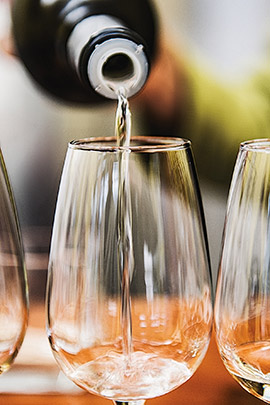
Shaping Culture
In his quest to provide Canadians with sake, Shiroki is aware of the differences in the ways alcohol is served in various countries. In North America the taste palate is different. “We always think about drinking culture in North America as food pairing. The food and the wine. There is no such culture in Japan until very recently.” Canadians eat meat, cheese, and butter. He notes, “Their taste buds are different. And then the pairing possibilities become different too.”
I ask Shiroki what he thinks of the other sake houses that have opened in Canada. He is thrilled with their progress and lists the sake houses in both Canada and the U.S. He has had conversations with the majority of the houses that have started since his doors opened in 2007, and he finds it interesting that most providers are non-Japanese. “The more encouraging thing is when it is a non-Japanese person who takes interest and tries to go in. When they see my set-up they get less scared. They get more encouraged. They think, ‘If he can do it in this little dinky place, then anyone can do it.’ Hopefully this will [have a wide-reaching] influence on other people.” Shiroki does not fear having competition. “I think they are an enhancement. I believe we need a critical mass in order to have a place in the market,” he says. “Otherwise people would not have the chance to see or taste it. I really hope that one day you will see sake makers in every city.”
Shiroki shares his motto: “authenticity with innovation.” For him it has always been about culture. “Culture does not stay in one place. Culture evolves. Tradition is considered as something that is the status quo, but it is not. It has to evolve. And that is what becomes a new tradition. As I see the sake industry’s demise [in Japan], I see the new tradition.”
The first batch of sake made with 100 percent local B.C. ingredients is now available at Artisan Sake Maker’s Granville Island store. This sake was produced using rice harvested from ASM’s rice field in October 2012. There will be more batch productions throughout the rest of 2013 and early 2013. View the press release on Artisan Sake Maker’s website.





